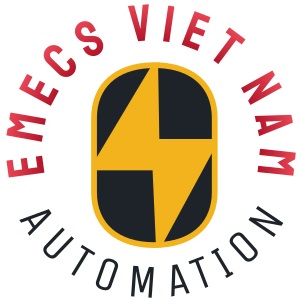Bộ điều khiển 200 – 230 Input Volatge Industrial Servo Drives 100W Power SGDS-04A05A
Industrial Servo Drives YASKAWA SERVOPACK SGDA-01AS Industrial Control System 100W
Quick Details
Brand Name:Yaskawa
Model Number:SGDS-04A05A
Input Voltage:200-230V
Input Frequency:50/60HZ
Input PH : 1
Series : Sigma 2 (Σ-II Series)
Weight: 2lb
Output Power : 100W
Output Voltage: 0-230V
Output Frequency:0-300Hz
Output PH :3
Temperture: 0-55℃
Place of Origin:Japan
Efficiency:IE 1
OTHER SUPERIOR PRODUCTS
| Yasakawa Motor, Driver SG- | Mitsubishi Motor HC-,HA- |
| Westinghouse Modules 1C-,5X- | Emerson VE-,KJ- |
| Honeywell TC-,TK- | GE Modules IC – |
| Fanuc motor A0- | Yokogawa transmitter EJA- |
| SGDS-02A01ARY501 |
| SGDS-02A05A |
| SGDS-02A12A |
| SGDS-02A12AY506-E |
| SGDS-02A15A |
| SGDS-02A72A |
| SGDS-02F01A |
| SGDS-02F12A |
| SGDS-04A01a |
| SGDS-04A01A+SGMAS-04ACA21 |
| SGDS-04A02A |
| SGDS-04A101A |
| SGDS-04A105A |
| SGDS-04A12A |
| SGDS-04A12AY27 |
| SGDS-04A12AY511 |
| SGDS-04A15A |
| SGDS-04F01A |
| SGDS-08A01A |
| SGDS-08A05A |
| SGDS-08A12A |
| SGDS-08A12AY27 |
| SGDS-08A12AY506-E |
| SGDS-08A12AY524 |
| SGDS-08A15A |
| SGDS-10A01A |
| SGDS-10A12A |
| SGDS-15A01A |
| SGDS-15A01A/SGDS-15A05A |
| SGDS-15A01AR501 |
| SGDS-15A05A |
| SGDS-15A12A |
| SGDS-15A12AY524 |
| SGDS-15A15A |
| SGDS-20A01A |
Speech-generating devices (SGDs), also known as voice output communication aids, are electronic augmentative and alternative communication (AAC) systems used to supplement or replace speech or writing for individuals with severe speech impairments, enabling them to verbally communicate.[1] SGDs are important for people who have limited means of interacting verbally, as they allow individuals to become active participants in communication interactions. They are particularly helpful for patients suffering from amyotrophic lateral sclerosis (ALS) but recently have been used for children with predicted speech deficiencies.
There are several input and display methods for users of varying abilities to make use of SGDs. Some SGDs have multiple pages of symbols to accommodate a large number of utterances, and thus only a portion of the symbols available are visible at any one time, with the communicator navigating the various pages. Speech-generating devices can produce electronic voice output by using digitized recordings of natural speech or through speech synthesis—which may carry less emotional information but can permit the user to speak novel messages.
The content, organization, and updating of the vocabulary on an SGD is influenced by a number of factors, such at the user’s needs and the contexts that the device will be used in.[4] The development of techniques to improve the available vocabulary and rate of speech production is an active research area. Vocabulary items should be of high interest to the user, be frequently applicable, have a range of meanings, and be pragmatic in functionality.
There are multiple methods of accessing messages on devices: directly or indirectly, or using specialized access devices—although the specific access method will depend on the skills and abilities of the user.[1] SGD output is typically much slower than speech, although rate enhancement strategies can increase the user’s rate of output, resulting in enhanced efficiency of communication.
The first known SGD was prototyped in the mid-1970s, and rapid progress in hardware and software development has meant that SGD capabilities can now be integrated into devices like smartphones. Notable users of SGDs include Stephen Hawking, Roger Ebert, Tony Proudfoot, and Pete Frates (founder of the ALS ice bucket challenge).
Speech-generating systems may be dedicated devices developed solely for AAC, or non-dedicated devices such as computers running additional software to allow them to function as AAC devices


